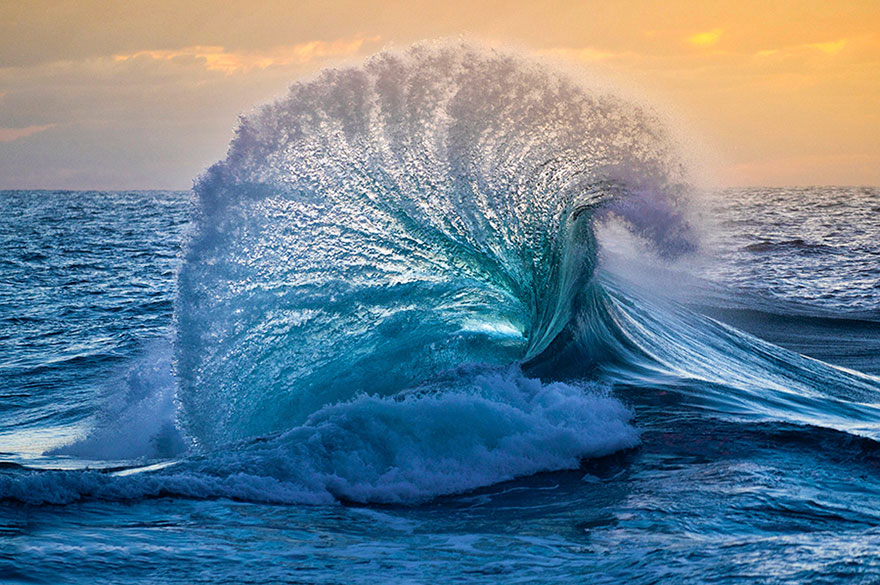The Flow, Content & SOI


So.... how does it work?
1) Loading onto the first page there will introduction on nightmare and what this artefact is for.
2) The user can either skip it or to continue reading it.
3) There will be 4 types of nightmare to choose and the user can pick 1 to proceed
4) Playing the animation of the nightmare (which will be showing after this section)
5) After customization the content on:
- location/ person
- Colour (mood)
- Music
- Sound
6) The user can view/play the animation which they customize and read the key meaning of the nightmare for finding out the reason
7) Can share their nightmare to social media
8) Can go to the gallery of nightmares created by the others
9) The end of the interaction
The flowchart in number 4, the animation I talk about is:
People dream of falling from many types of places like the sky, building, mountain, cliff and etc. Knowing where you fall from is the main key to understand the "thing" that is bothering you. So in this nightmare user can play with the location, colour, music and sound.
In this nightmare, the most important part is to know where you are being chased and who is chasing you. For this nightmare, the customizable parts are location, person, colour (mood), sound.
Where are you and why are you in a strange place? To know where are you lost in (Location, colour/ mood, music, sound).
Statement of Intent: https://drive.google.com/file/d/1L7zceKUvLror595rMhL9xPj972OhzRw4/view?usp=sharing




Comments
Post a Comment